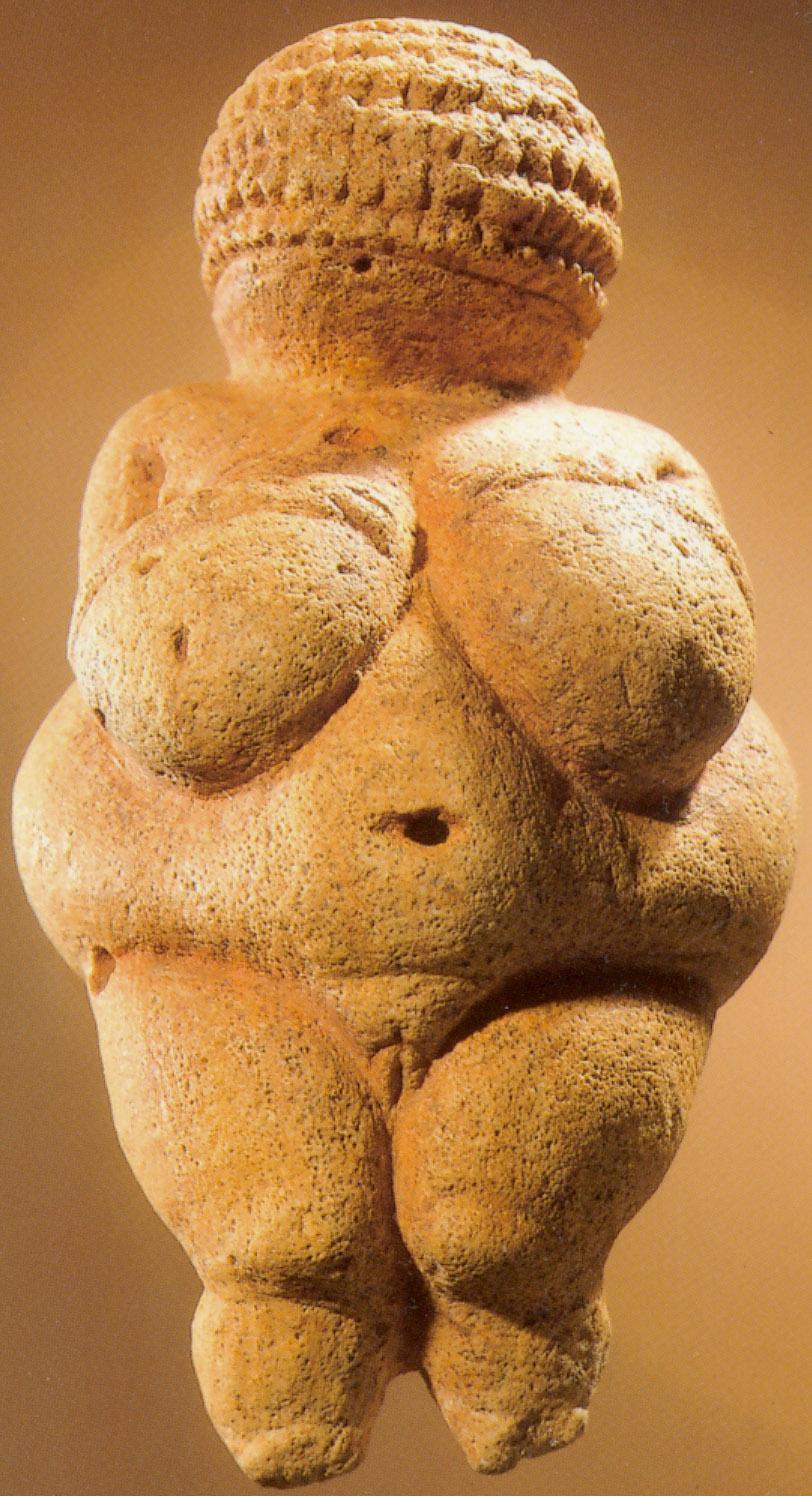I edit the Archaeology Audio News for the Archaeology Channel and one of the funner (yes, that's a word. I may have just made it up, but it's now a word.) aspects is when we have the occasional story that deals with biblical archaeology.
This week, we had a piece about a rare clay seal discovered under the Western Wall in Jerusalem that the report says:
was likely used by Temple officials approving an object for ritual use — oil, perhaps, or an animal intended for sacrifice. Materials used by Temple priests had to meet stringent purity guidelines stipulated in detail in the Jewish legal text known as the Mishna, which also mention the use of seals as tokens by pilgrims.
What makes this seemingly insignificant piece of play so amazing is that it is one of the very few objects that can be traced to the Temple that Jesus attended since the Temple was thoroughly destroyed by the Romans in 70 AD.
In another life, I would have been an archaeologist. I love seeing artifacts that link us concretely and really (in the sense of being real) to the past. Knowing that someone who lived and loved and fear and prayed and laughed and ate and did all the things that we do made this little seal 2000 years ago compresses history into something I can actually grasp.
That's why one of my greatest treasures is an exact museum copy of the Venus of Willendorf given to me by a professor friend. Granted, she's not much to look at,
but what amazes me about her is how she fits in the hand. When you hold her, she cradles into the palm and your fingers fit precisely in what would have been the wet clay of her back. But not just any hand fits. Venus fits comfortably in a small hand, like the hand of a woman. No man who has picked her up says she nestles within his fingers, but every women holds her and for a moment, there is a flicker of recognition that this figurine was probably made by another woman.
That's the sort of thing that I find extremely cool...and yes, funner!


No comments:
Post a Comment
I'd love to hear your comments. Let's talk!